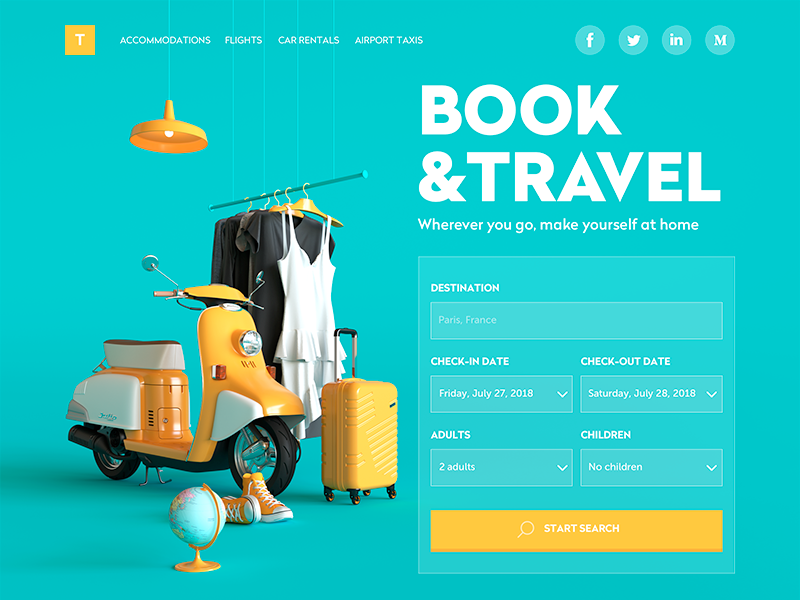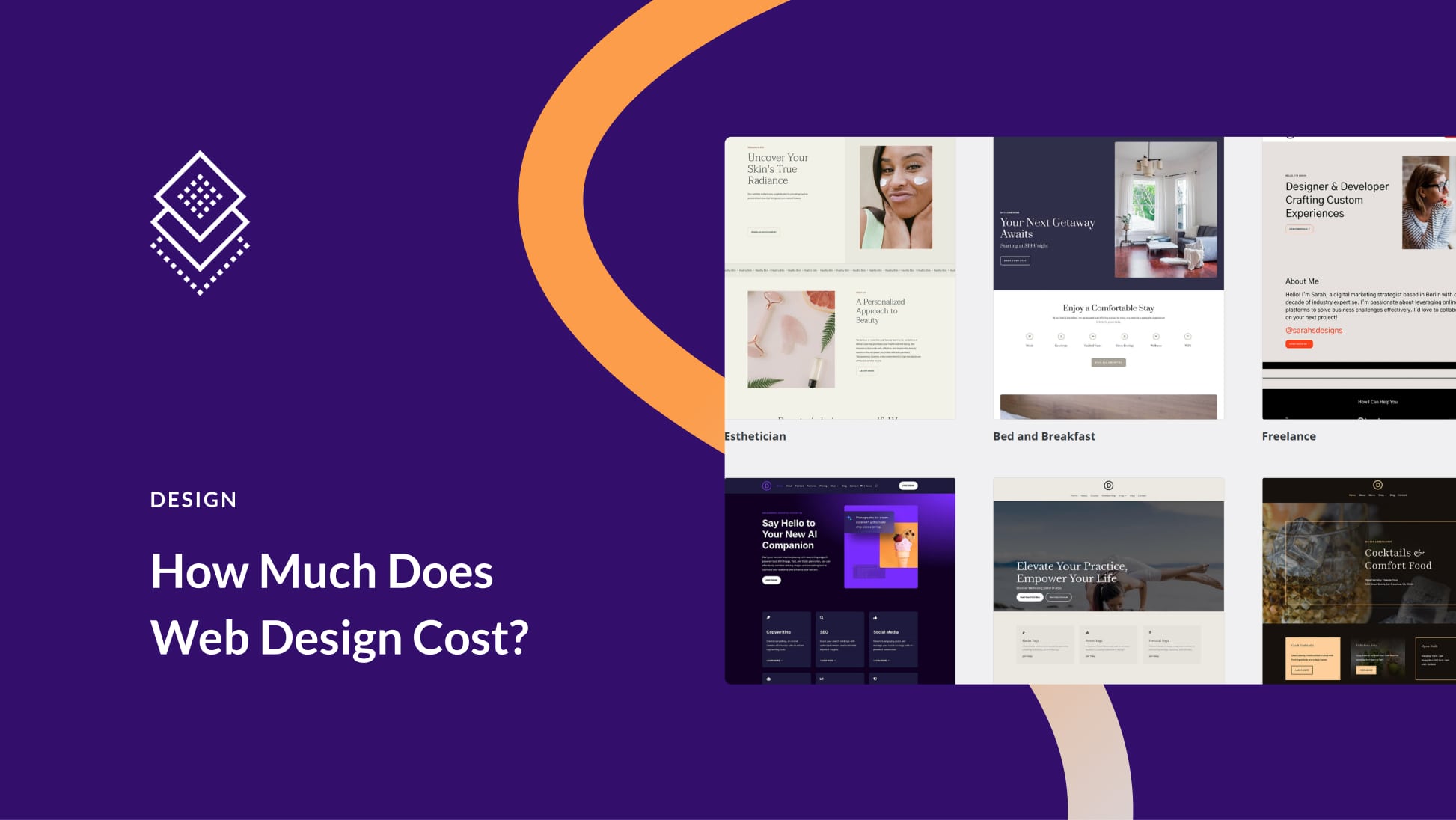Aligned Position Web Design: Transform Your Online Presence with Expert Web Design Services
Aligned Position Web Design: Transform Your Online Presence with Expert Web Design Services
Blog Article
The Very Best Types of Web Design to Improve Individual Experience and Involvement
In the ever-evolving landscape of electronic communication, the efficiency of Web design considerably affects customer experience and engagement. Various style methods, such as minimalist, receptive, and interactive layouts, each offer distinct advantages that can cater to diverse individual requirements.
Minimal Web Design
As digital landscapes end up being significantly cluttered, minimalist Web style has arised as an effective method to enhancing individual experience. This design approach prioritizes simpleness, concentrating on important elements while getting rid of unnecessary diversions. By utilizing enough white room, uncomplicated navigation, and a minimal shade combination, minimalist layout promotes quality and routes user focus to crucial web content.
The core concept of minimal Web style is to produce a seamless interaction for users. By reducing cognitive lots, users can swiftly comprehend info without feeling bewildered. This direct strategy not only improves usability yet additionally urges interaction, as site visitors are more probable to check out a site that is easy and visually attractive to navigate.
Additionally, minimal style usually highlights typography and images, making use of these aspects strategically to convey messages effectively. In significance, minimalist Web layout is not just a trend; it is a thoughtful approach that recognizes the value of user-centered design.
Receptive Website Design
In today's varied digital environment, receptive website design has come to be crucial for producing a seamless individual experience across a wide range of tools. As individuals access sites on smartphones, tablet computers, desktop computers, and laptops, the capability of a web site to adapt its layout and web content to various screen dimensions and resolutions is essential.
Responsive Web style utilizes adaptable grids, photos, and CSS media inquiries to make sure that Web material exists optimally, no matter the gadget used. This technique not only boosts the aesthetic charm of a website but also dramatically boosts usability. Individuals are most likely to involve with a website that uses a regular experience, as it eliminates the irritation of having to zoom in or scroll exceedingly.
Moreover, internet search engine, including Google, focus on mobile-friendly websites in search positions. By adopting receptive style, organizations can enhance their presence and reach a wider target market. This strategy additionally streamlines internet site upkeep, as a solitary variation of the site can accommodate all gadgets, minimizing the need for multiple variations. In summary, responsive Web layout is a fundamental technique that boosts user experience, interaction, and general fulfillment.
Interactive Website Design
Receptive Web style prepares for boosting user experience, however interactive website design takes this a step additionally by involving individuals in a much more dynamic method - Aligned Position Web Design. By incorporating components such as animations, clickable models, and real-time responses, interactive Web style mesmerizes users, attracting them into a richer surfing experience
This method not just fosters engagement however also motivates users to discover content actively instead of passively eating it. Techniques such as gamification, where customers make benefits for finishing tasks, can significantly improve the time spent on a site and improve total satisfaction. Additionally, interactive attributes can simplify intricate info, making it much more satisfying and digestible.

Integrating interactive design elements can also result in higher conversion rates, as customers are much more most likely to involve with a website that actively includes them. Aligned Position Web Design. Ultimately, interactive website design changes user experiences into unforgettable trips, making certain that visitors return time after time
Flat Design
Characterized by its check that minimalistic technique, level design emphasizes simpleness and capability, removing away unnecessary aspects and concentrating on important attributes. This design ideology focuses on usability, ensuring that individuals can browse interfaces easily and efficiency. By employing a tidy visual, flat style removes the clutter often found in more ornate designs, thereby enhancing user focus on web content and performance.
The hallmark of level design exists in its use strong colors, straightforward typography, and geometric shapes. These aspects contribute to a visually appealing interface that is both modern-day and friendly. Additionally, flat style promotes a feeling of quality, permitting individuals to determine crucial actions and details without pop over to these guys diversion.
Additionally, level design is especially reliable in responsive Web style, as its simpleness converts well throughout numerous gadgets and display sizes. By focusing on vital features, flat design not only fulfills individual demands yet likewise encourages seamless communication, making it an essential component of effective Web design approaches.
Adaptive Website Design
Flexible Web layout personalizes the individual experience by creating numerous repaired formats customized to different display dimensions and tools. Unlike receptive design, which fluidly changes a single layout, adaptive style uses distinct layouts for specific breakpoints, making certain optimum presentation on various platforms. This technique enables designers to focus on the distinct qualities of each device, improving use by supplying specifically what users require based upon their context.
Among the primary benefits of flexible Web layout is its capability to enhance tons times and performance. By offering tailored web content and pictures that fit the individual's gadget, internet sites can lessen data use and enhance loading rates. This is particularly advantageous for customers with slower connections or minimal information plans.

Furthermore, flexible style assists in a more controlled and regular branding experience. Given that designers produce numerous formats, they can make certain that the visual aspects align with the brand's identity throughout various platforms - Aligned Position Web Design. This causes a natural user experience, boosting engagement and advertising customer retention
Conclusion
Minimal design fosters quality and emphasis, while responsive style guarantees flexibility across different tools, advertising availability. Jointly, these style comes close to contribute to the production of easy to use settings that not just boost contentment yet likewise drive greater conversion rates, highlighting their crucial value visit the site in modern Web style techniques.

Minimalist style fosters quality and focus, while receptive style ensures flexibility throughout numerous tools, promoting availability. Jointly, these layout comes close to contribute to the development of user-friendly atmospheres that not only boost complete satisfaction yet also drive higher conversion rates, emphasizing their vital value in modern Web design approaches.
Report this page